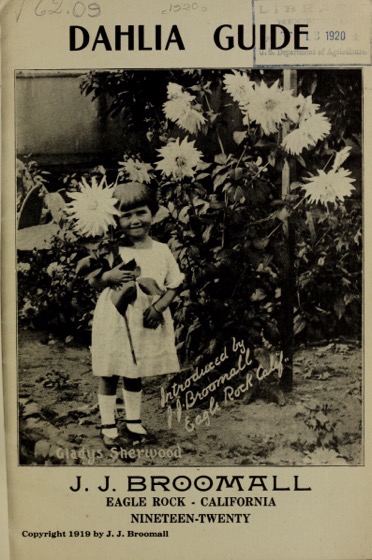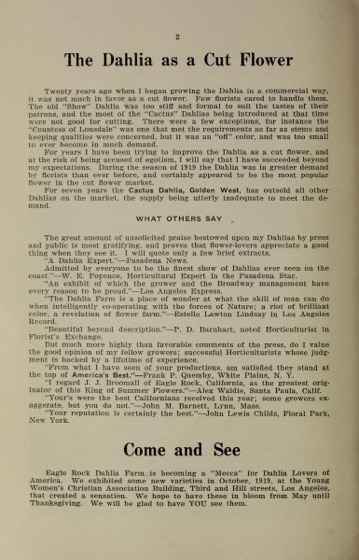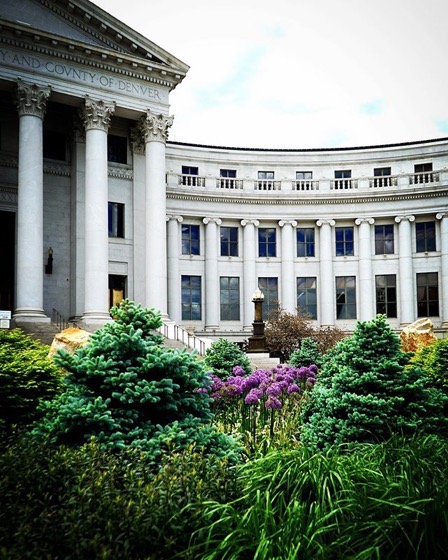Archive.org has a host of old seed catalogs (from mid-19th to mid-20th Century) available in many formats and on a host of topics. I happened across a few in my Pinterest feed and gone completely down the rabbit hole in this treasure trove of information. Sure some ideas might be out of date, but you never know what you might find when you explore these catalogs. I’ll be sharing more catalogs as I find them in the coming weeks. –Douglas
Historical Seed Catalogs: Dahlia guide. Nineteen-twenty / J.J. Broomall (1920) – 33 in a series
Download in Text, PDF, Single Page JPG, TORRENT from Archive.org
The Dahlia as a Cut Flower
Twenty years ago when I began growing the Dahlia in a commercial way, it was not much in favor as a cut flower. Few florists cared to handle them. The old “Show” Dahlia was too stiff and formal to suit the tastes of their patrons, and the most of the “Cactus” Dahlias being introduced at that time were not good for cutting. There were a few exceptions, for instance the “Countess of Lonsdale” was one that met the requirements as far as stems and keeping qualities were concerned, but it was an “off” color, and was too small to ever become in much demand.
For years I have been trying to improve the Dahlia as a cut flower, and at the risk of being accused of egotism, I will say that I have succeeded beyond my expectations. During the season of 1919 the Dahlia was in greater demand by florists than ever before, and certainly appeared to be the most popular flower in the cut flower market.
For seven years the Cactus Dahlia, Golden West, has outsold all other Dahlias on the market, the supply being utterly inadequate to meet the demand.






